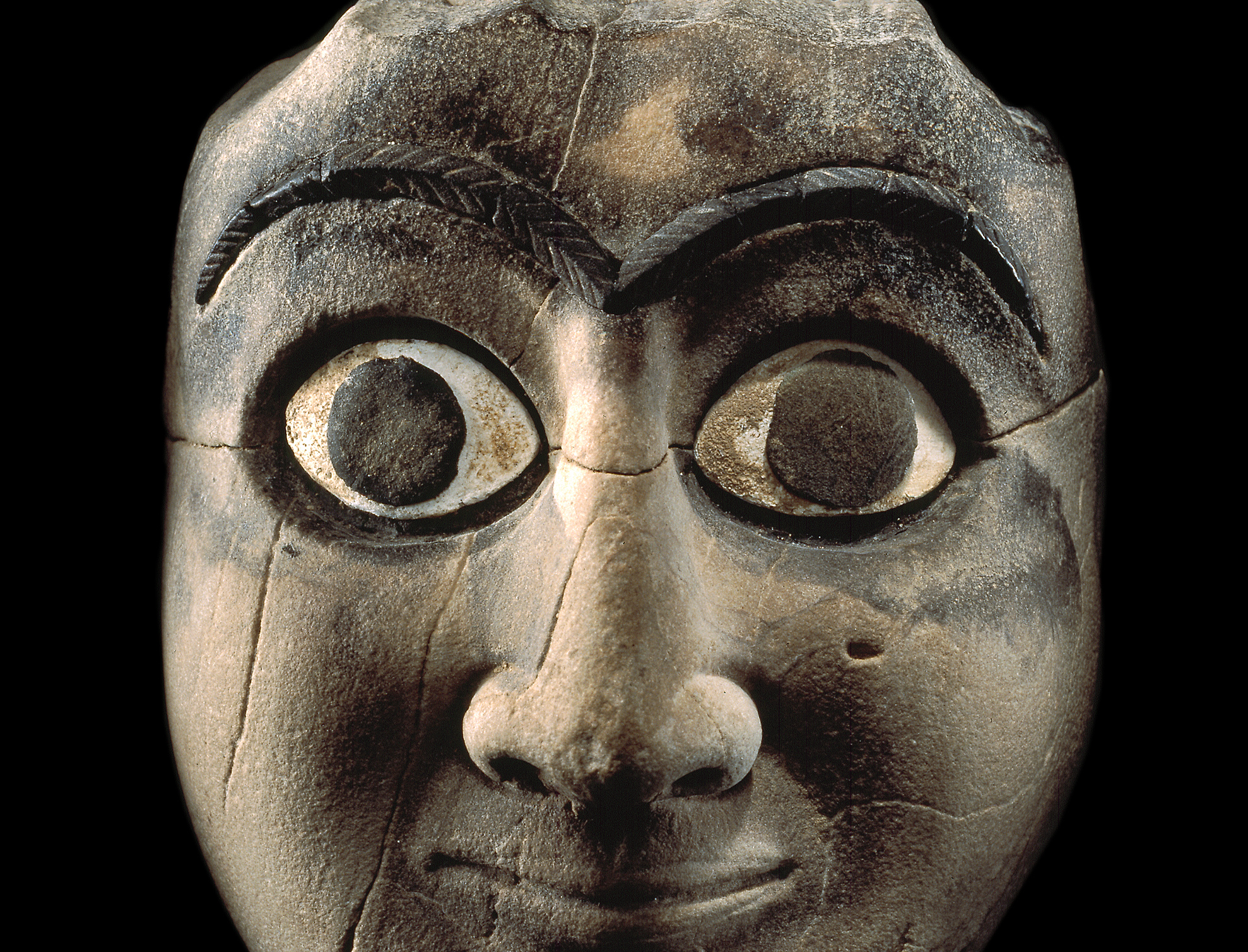
Archaeology Museum and Park , Neuchâtel
Is this a mask or a carved male head belonging to a piece of statuary? The particularly expressive face, both enigmatic and luminous, attracted the attention of the Laténium, whose latest exhibition shows the work – artistic, technical, and scientific all at once – of Father Antoine Poidebard. Thanks to his remarkable aerial photographs of the Near and Middle East in the 1920s–1930s, the French scientist unveiled the relics of a prestigious past, from which emerged a considerable number of masterpieces created along the Tigris and Euphrates, the cradle of humankind. The work, dating to the third millennium BCE, was lent to us by the Musée Barbier-Mueller on the occasion of its fortieth anniversary. It symbolizes the Sumerian populations that marked with their stamp the birth of the first city-states, where the modern world began. The object comes from a site within the sphere of influence of Mari, a city discovered in 1933, at the very moment when Antoine Poidebard was documenting in images the sites of the region.
Denis Ramseyer, Assistant Director of the Laténium
